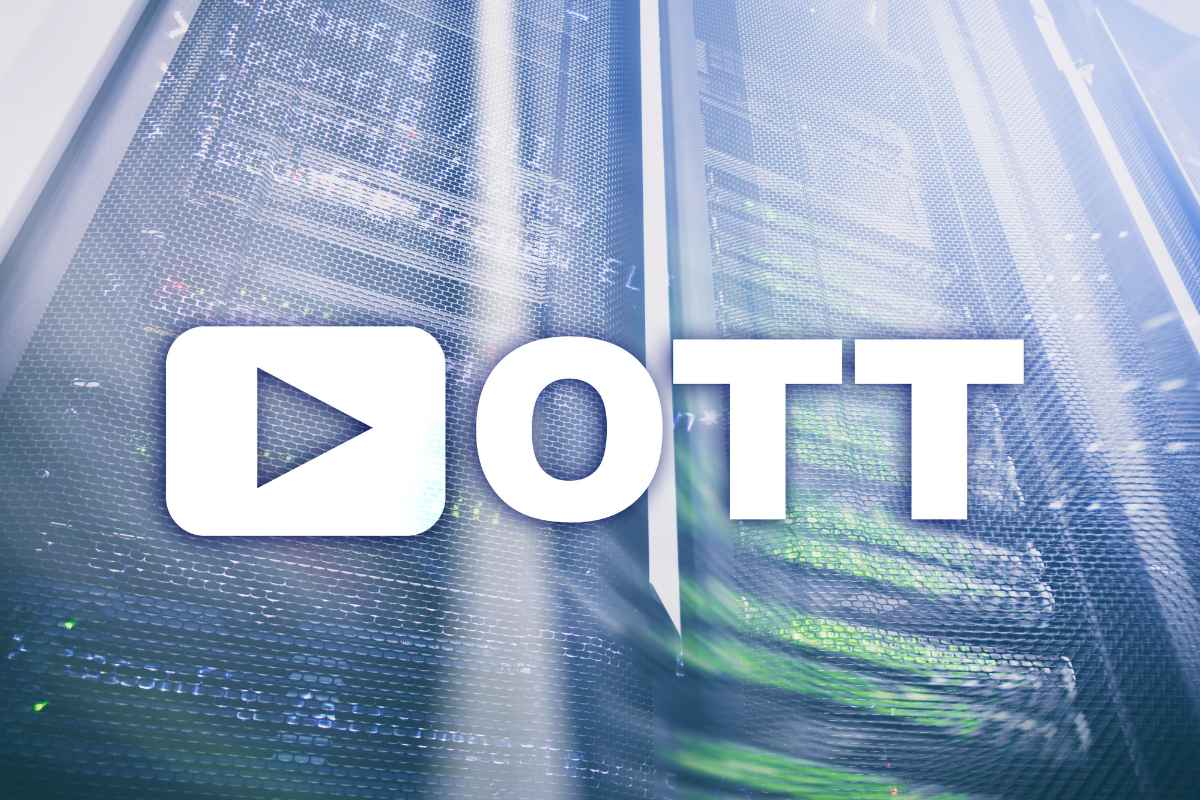5G, the next-generation network technology, might become a commercial reality for India by August 15, 2022. The spectrum auction planning is already underway, and the telcos have also geared up by upgrading their networks to meet future demands. In addition to this, many new data centers have been added across the nation, and many more are going to be added in the next five years. Investments in the data center capacity expansion over the next three years would span between Rs 1.05 to Rs 1.20 lakh crore, said ICRA. 5G networks, with their power of low latency and high bandwidth, along with data centers which will be able to provide edge points, will enable a higher quality OTT (Over-The-Top) streaming experience for users. With edge points, computing of data can be brought closer to the user device (in this case could be your smartphone, TV or more, which you use to stream OTT content), and this means less distance between the client and the server resulting in faster connections.
OTT Depends Highly on Broadband Connectivity
The state governments have already started easing RoW (right-of-way) policies for the telcos and other telecom infra service providers. This will enable a faster rollout of broadband across India, and with 5G, it would be of utmost importance. As data connectivity reaches more corners of India, the demand for OTT content will go up. India is expected to add over 300 million new OTT users in the next five years. With OTT platforms, users can watch content on the go, which is a huge advantage over the traditional DTH (direct-to-home) services. In the coming years, India’s telecom infra and digital connectivity inclusion are going to rise at a rapid pace which will set up the platform for OTT content companies to access a ready market and monetise faster. Couple this up with affordable data; the revenue potential for the OTT platforms is just too crazy for the coming years.
